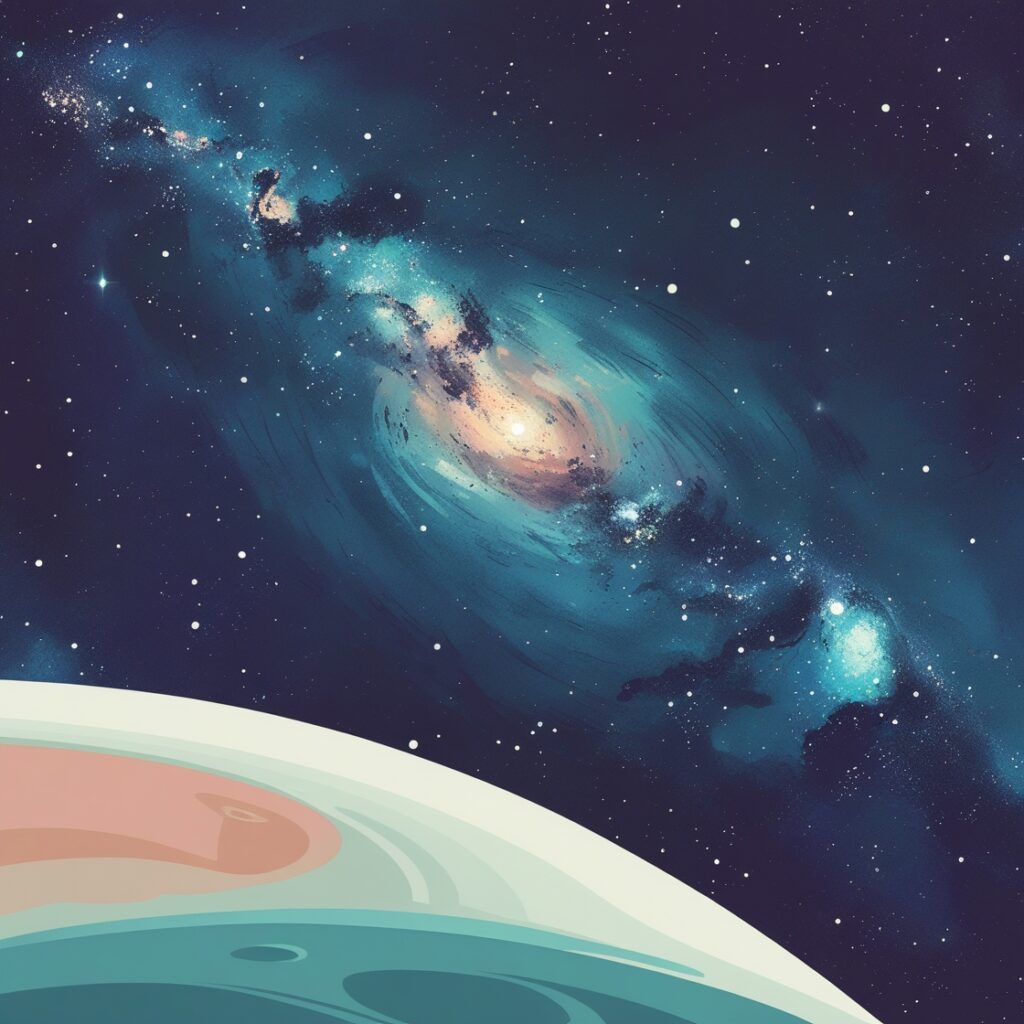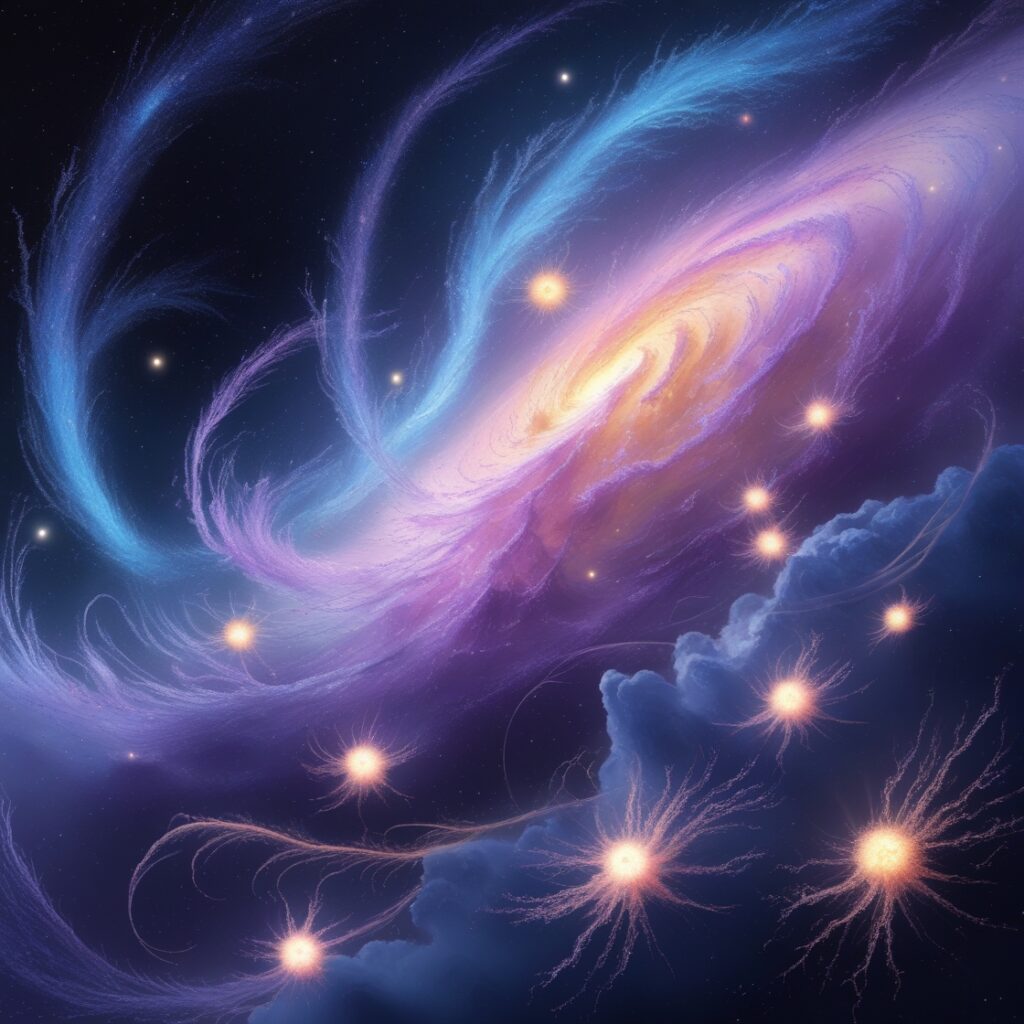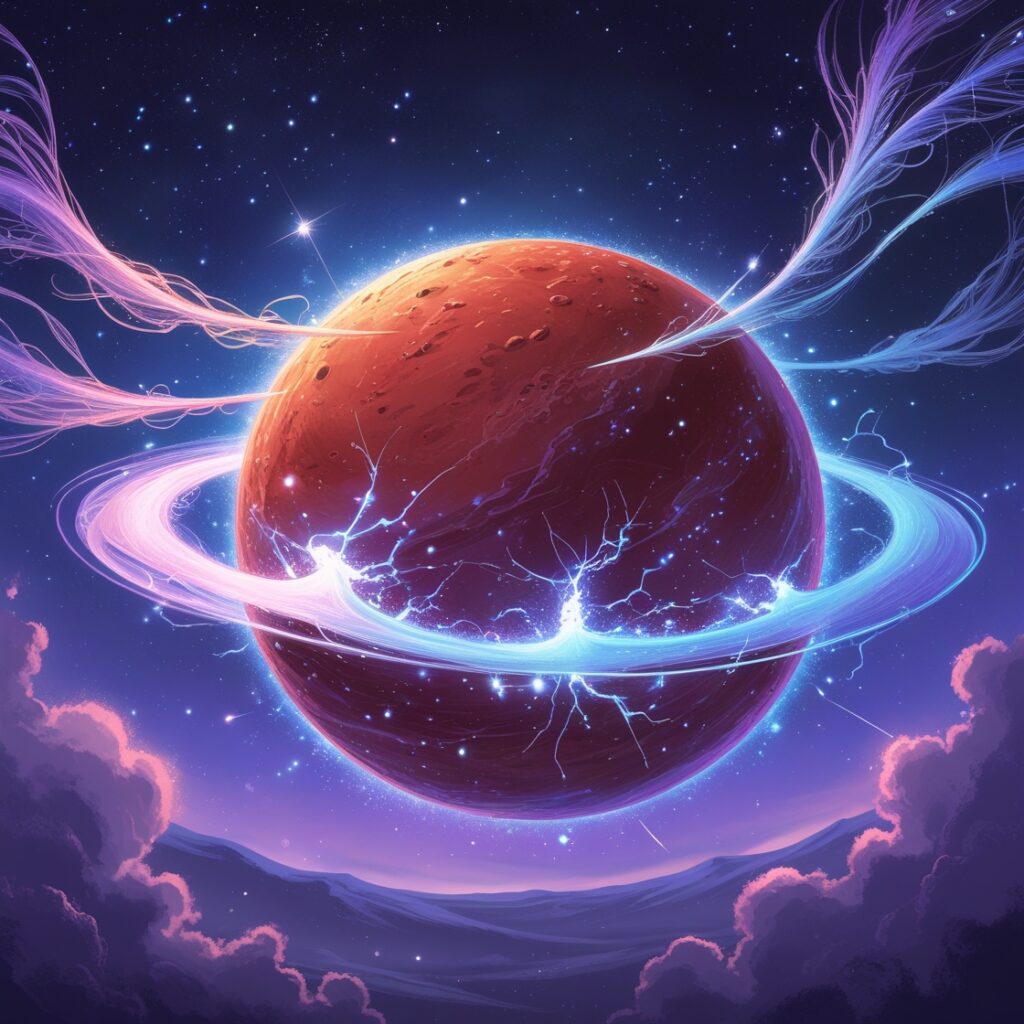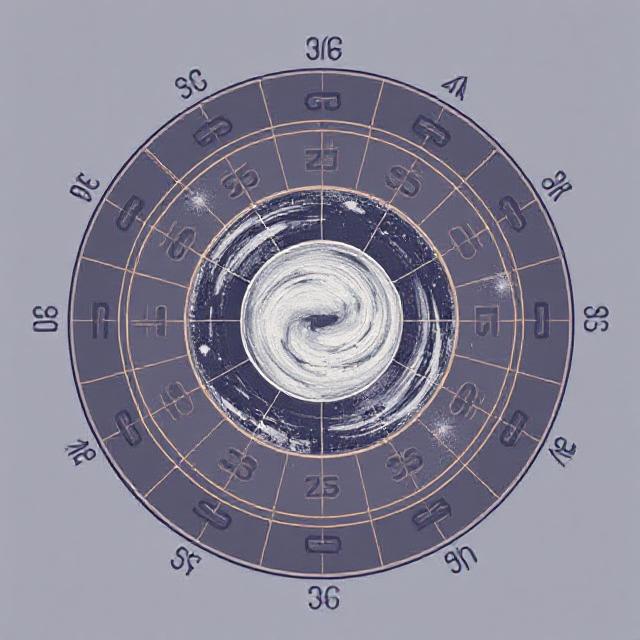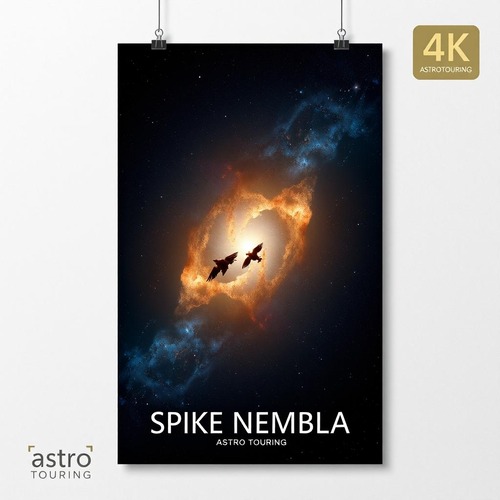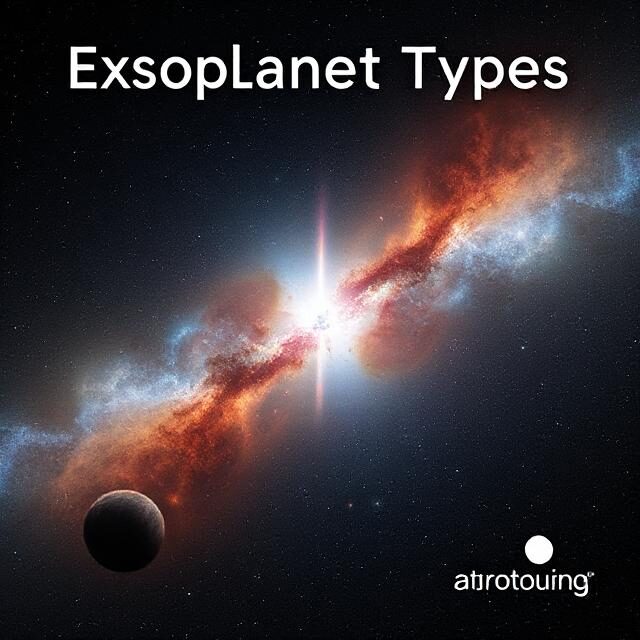Could Red Dwarf Planets Be Home to Alien Life?
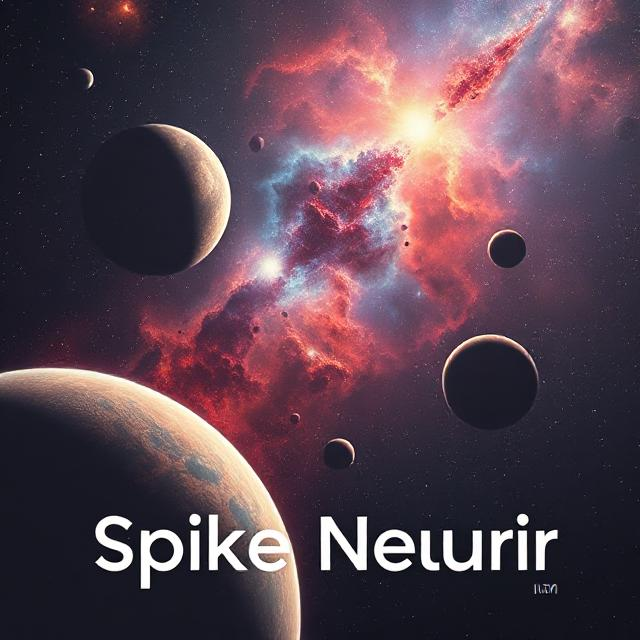

Introduction: A New Frontier for Habitability
When we think about alien life, Earth-like planets orbiting sun-like stars usually come to mind. But recently, astronomers have turned their eyes toward red dwarf planets — worlds orbiting the most common stars in the galaxy. Could these dim, cool stars actually be more promising for life than we once thought?
Recent discoveries, like the TRAPPIST-1 system, have sparked new hope in the search for extraterrestrial life. These tiny stars may hold the key to finding life beyond our solar system. In this post, we’ll explore what makes red dwarf planets so intriguing — and whether they might be habitable after all.
What Are Red Dwarfs?
Red dwarfs are small, cool stars that burn slowly and live for trillions of years. They make up nearly 70% of all stars in our galaxy.
Because of their size and temperature, they emit less light than stars like our Sun. But their long lives and steady energy output could give life plenty of time to develop.
Are They Common?
Absolutely. If you look up at the night sky, most of the stars you see aren’t red dwarfs — they’re just too dim. But astronomers using powerful telescopes have found that red dwarfs are everywhere. That means the number of red dwarf planets could be enormous.
Why Are Red Dwarf Planets So Interesting?
You might be wondering: if red dwarfs are so dim, wouldn’t their planets be too cold for life? Not necessarily.
Planets in the “habitable zone” — the region where liquid water can exist — orbit much closer to red dwarfs than Earth does to the Sun. These close-in planets receive just the right amount of heat, even though their stars are cooler.
Stability for Billions of Years
Because red dwarfs shine steadily for such a long time, their planets have a stable environment. This long-term stability is crucial. It gives life a better chance to evolve, adapt, and maybe even thrive.
What About the Challenges?
Red dwarf systems do come with some serious drawbacks. One major issue is stellar flares. Young red dwarfs are especially active, often blasting their planets with powerful radiation. This could strip away atmospheres or make the surface uninhabitable.
Tidal Locking
Many red dwarf planets are tidally locked — one side always faces the star, while the other remains in darkness. This could lead to extreme temperature differences.
However, some scientists believe a thick atmosphere or global oceans could even out these temperatures, allowing habitable conditions in the “twilight zone” between day and night sides.
See more about how tidal locking works in this types of exoplanets explained.
The TRAPPIST-1 System: A Real-Life Test Case
Perhaps the most famous red dwarf system is TRAPPIST-1, located about 40 light-years away. It has seven rocky planets, three of which lie in the habitable zone.
These planets are roughly the size of Earth and may have water. While we don’t yet know if they host life, the TRAPPIST-1 system shows that red dwarf planets can be both Earth-like and common.
Want to see what a red dwarf system might look like? Check out this short video:
How Do We Detect Red Dwarf Planets?
Because red dwarfs are small and dim, it’s actually easier to detect planets orbiting them. When a planet crosses in front of its star — called a transit — it blocks a larger percentage of the star’s light compared to brighter stars.
This means astronomers can discover smaller, Earth-sized planets around red dwarfs more easily. Instruments like the James Webb Space Telescope are already helping us study these distant worlds in more detail.
Could Life Really Survive There?
It’s still a mystery. While red dwarf planets face challenges, they also have several factors that could support life:
- Long-lived stars give evolution more time.
- Close orbits make detection easier.
- Potential atmospheres could shield life from radiation.
Some scientists even argue that red dwarf planets might be more likely to host life than planets like Earth.
Alt text: red dwarf planets with potential for habitability
If we do find life on another planet, there’s a good chance it will be circling one of these quiet, unassuming stars.
Future Missions and Discoveries
Exciting new missions are in the works to study red dwarf planets. Projects like:
- James Webb Space Telescope: Examines atmospheres for signs of life.
- TESS (Transiting Exoplanet Survey Satellite): Finds new planets around nearby stars.
- ARIEL mission: Will analyze chemical compositions of exoplanet atmospheres.
These tools may soon help us answer one of humanity’s oldest questions: Are we alone?
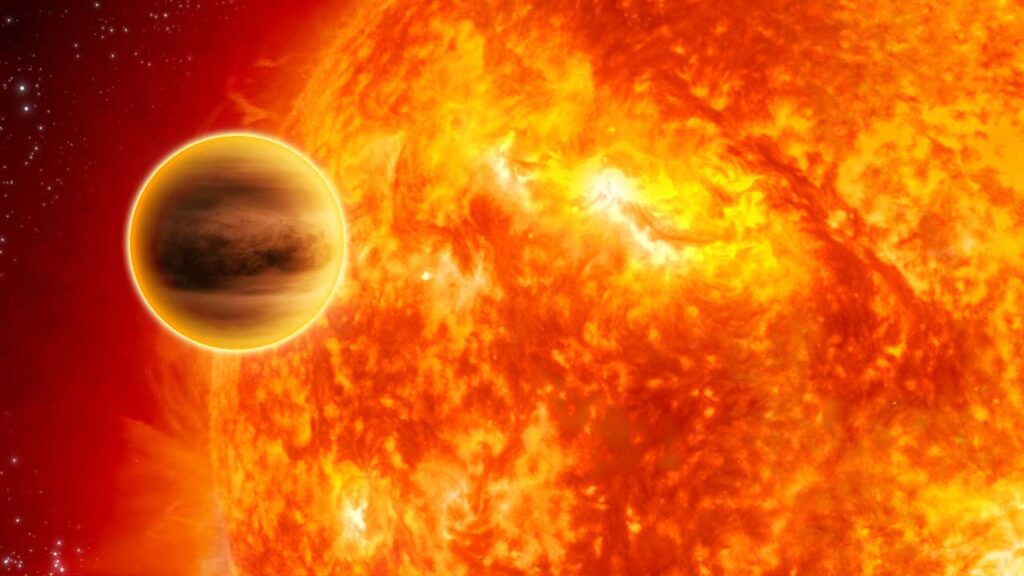

Conclusion: A Universe Full of Possibilities
Red dwarf planets may not seem like the best places for life at first glance. But with their long lifespans, common presence, and stable conditions, they’re turning out to be top contenders in the search for alien life.
As we continue to explore the universe, these tiny stars may surprise us. The next great discovery — and perhaps even the first sign of life beyond Earth — could come from one of these quiet corners of the galaxy.
Ready to dive deeper into space science?
Subscribe to our newsletter and get the latest discoveries about planets, stars, and the search for life delivered to your inbox.



